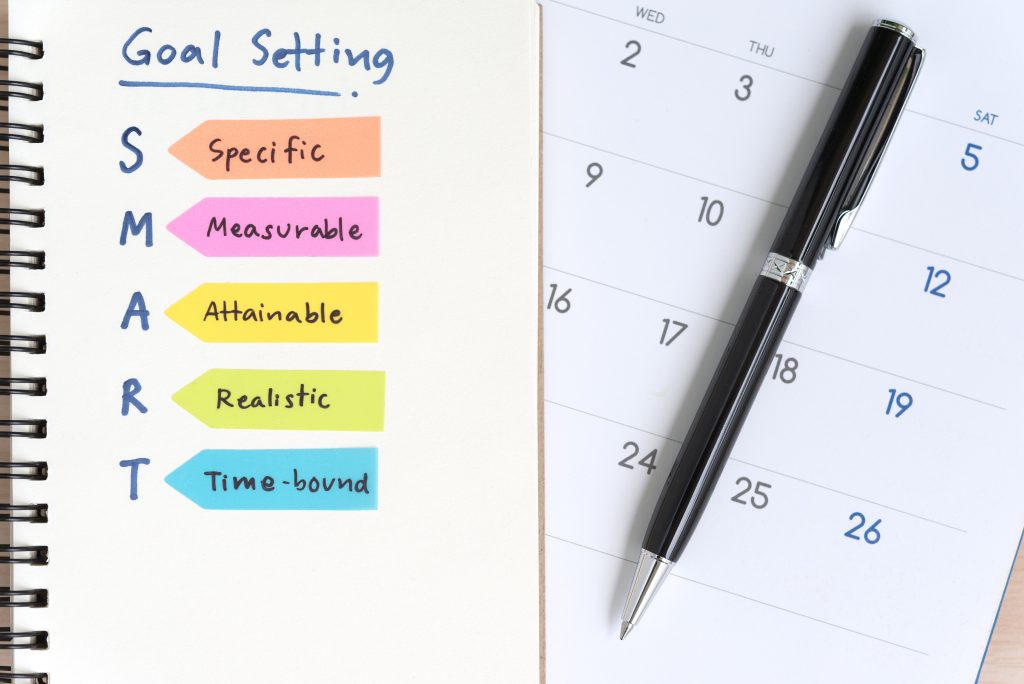Each year, people make New Year’s resolutions, hoping to spark positive change, accomplish a personal goal, and improve their lives. It’s an optimistic tradition, but research indicates that most people struggle to make good on their plans. One study found that only 46% of those who made New Year’s resolutions were successful.1 Another study found that out of 3,000 participants only 12% achieved their goal at the end of the year.2
Whatever the specific statistics are, it’s evident that New Year’s resolutions, although based on good intentions, often become a source of disappointment. The most common resolutions focus on weight loss, exercise, smoking, and finances3, which indicates that health and wellness are important. So how can we continue to promote that interest in well-being, but avoid the frustration and remorse? And given that resolutions are a rather personal affair, what is the employer’s role in all of this?
Your wellness program is a tool to reach out to employees and support them on their personal health and wellness journeys. You can create a culture that supports each individual employee and provides them with resources that they can implement to encourage their professional and personal success. Incorporate workshops and guest speakers into your program. Include information, activities, and challenges in your newsletter. For company leaders, there are some fundamental strategies that you can implement.

Swap resolutions for goals.
Resolutions tend to be broad and vague, which makes them less achievable. Replace resolutions with short and long-term goals and break them down into manageable, actionable components. When we have specific steps to follow, we can be more effective in accomplishing what we want. Measurements are also important. It’s easy to lose focus when a goal is too large, so being able to track and see progress helps us stay on course.
The nice thing about this technique is that it applies to everything. Goal-setting isn’t specific to wellness, so employees can learn how to do this effectively through team-based goal-setting activities within their department and then apply it more broadly within their lives.
- Schedule a goal-setting workshop.
- Set department business goals as a team.
- Organize a “goals over resolutions” challenge.
- Include a goal-setting activity in your monthly newsletter.

Focus on positivity.
Mindset is everything. It’s easy to get discouraged when we’ve set out to lose weight and find that the scale hasn’t budged after a month of no desserts. There is a proverb that reads, “It’s not the horse that draws the cart, it’s the oats.” In other words, it’s not the gym or diet that will get you to lose the weight, it’s your mindset. It’s the motivation behind WHY you want to make the change and your resolve to get it done.
It’s easy to lose sight of the good things when we are too focused on the fact that we haven’t gotten to our final destination. As part of your wellness program, you can remind employees to appreciate and celebrate the achievements along the way. That’s what those short-term goals are designed for. They keep us on track and can remind us to stay positive. A workplace culture that promotes positivity is one that empowers employees to make lasting lifestyle changes.
Your wellness program provides employees with many resources and tools related to a variety of health and wellness topics. Mindset is at the foundation, however, and it is the driving force behind their decision to use these resources and tools. It is, therefore, important that your program includes this.
- Schedule a workshop on mindset and mindfulness.
- Create a celebration board where employees can post achievements towards their goals.
- Introduce happiness jars in the office where employees can add notes describing a happy or thankful moment.
Make it visible.
Visibility is why wellness works. This is why it’s so important to infuse wellness throughout your organization and not let your program operate as a standalone project. The same goes for our goals. If we aren’t reminded what we are working towards and why we are doing it, we can sometimes lose focus and are easily swayed by setbacks.
Look for ways to highlight the importance of visibility and model it as an organization. Leverage the company environment, build it into process, have open communication about goals and objectives and everyone’s role in them. Then, use your wellness program to illustrate how these practices can be personalized for the things that employees are working to change and achieve in their own lives.
- Create company vision boards and encourage employees to do the same for themselves.
- Post company goals where employees can see them regularly.
Encourage employees to post personal goals and vision boards in their workspaces.
Need some more assistance?
Get your FREE Corporate Wellness Membership 90-Day Starter Kit to get you started! Employee Wellness Solutions Network can help you create a healthier culture resulting in a more profitable and successful workplace. Our memberships give you access to services including corporate wellness specialists, trainers and health coaches to help you create the best strategy for your organization. To learn more about the memberships, visit Employee Wellness Solutions Network.
Sources:
1 Norcross, J.C., Mrykalo, M.S., and Blagys, M.D. Auld lang syne: success predictors, change processes, and self-reported outcomes of New Year’s resolvers and nonresolvers. Journal of Clinical Psychology. 2002 April; 58(4): 397-405. https://www.ncbi.nlm.nih.gov/pubmed/11920693.
2 New Year’s Resolution Project. Quirkology. http://www.richardwiseman.com/quirkology/new/USA/Experiment_resolution.shtml.
3 Dingfelder, S.F. Solutions to resolution dilution. American Psychological Association. 2004 January; 35(1): 34. https://www.apa.org/monitor/jan04/solutions

